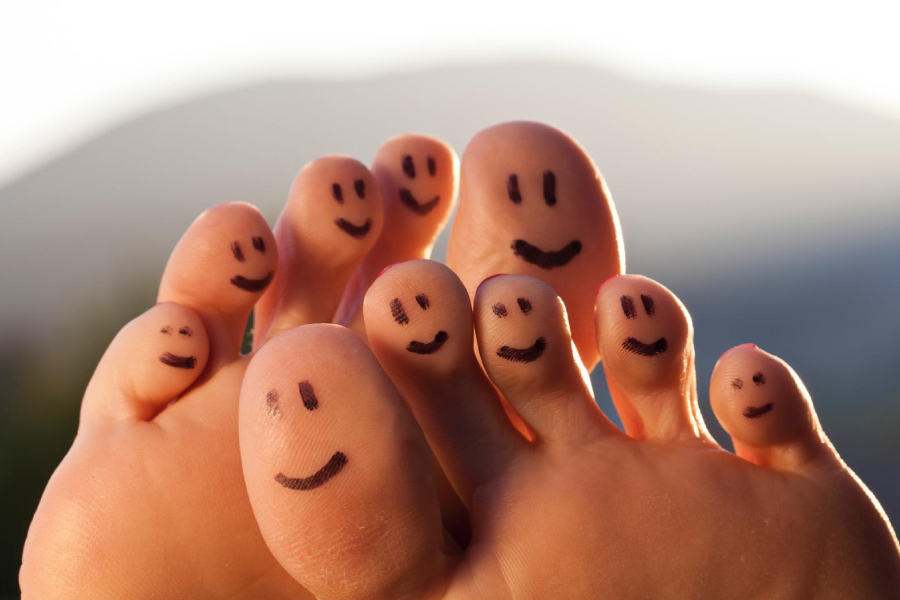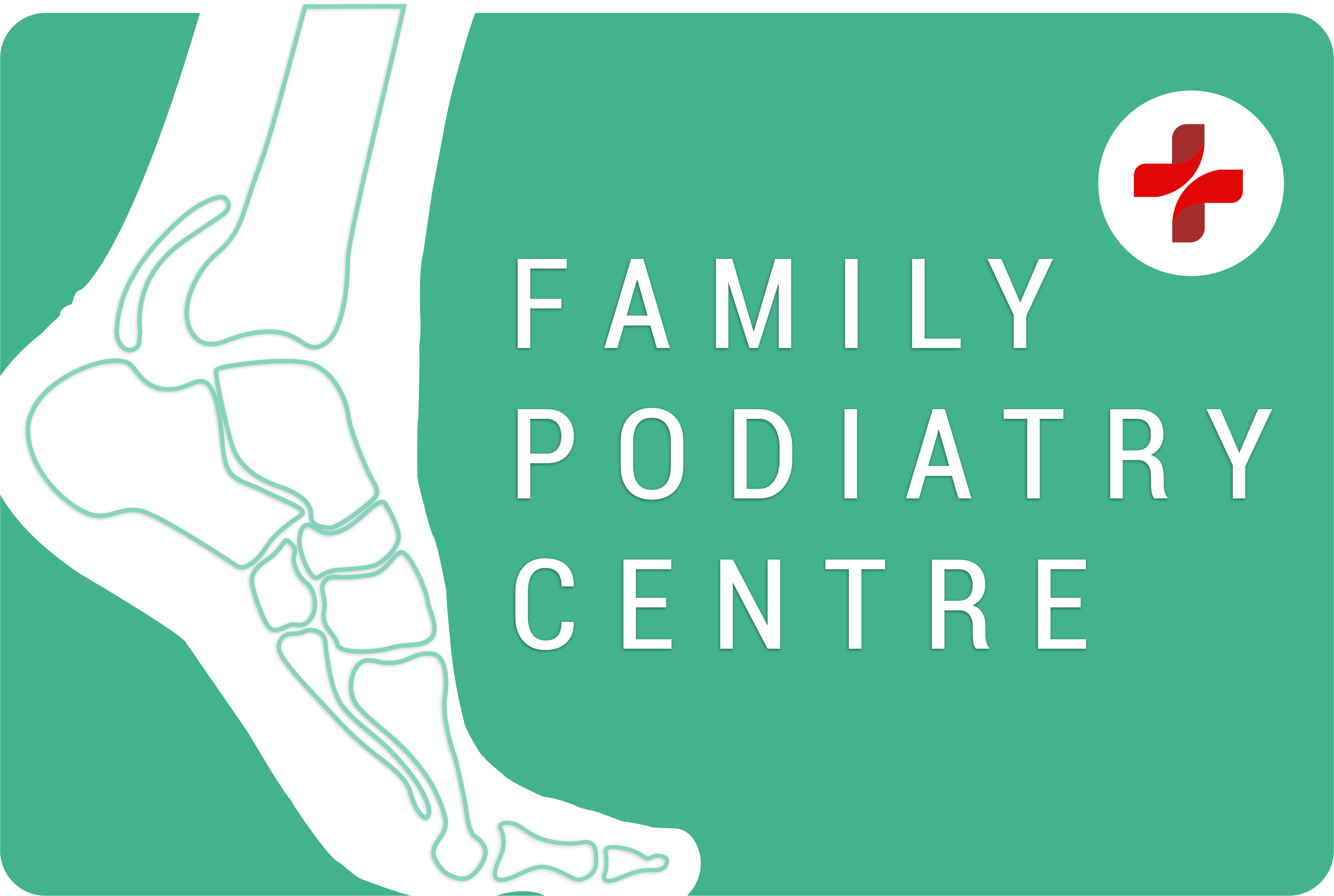The Reyneker Guide to Foot Health in Southeast Asia

When it comes to long-term health and mobility, our feet deserve more attention than they often get. As a podiatrist practicing in Southeast Asia, I’ve seen countless foot problems that could have been prevented with just a little daily care and awareness. This World Foot Health Day, I want to share practical tips for better foot health, specifically tailored for life in our region.
1. Avoid Walking Barefoot at Home – Especially on Hard Floors
In Southeast Asia, it’s common for homes to have marble or tile flooring. While aesthetically pleasing, these surfaces are extremely hard. Spending long periods standing or walking barefoot—including during home workouts—can lead to fat pad migration and create sensitive or painful areas in the soles of the feet. This is particularly problematic with age, as the natural cushioning in our feet diminishes.
What to do:
Wear cushioned, house slippers to protect your soles and preserve your fat pads.
2. Avoid Aggressive Foot Massages
Reflexology and massage therapy are widely practiced and deeply rooted in Southeast Asian wellness traditions, but applying intense pressure—particularly on the more sensitive, bony areas of the foot—can potentially cause discomfort, bruising, or even injury if not performed correctly.
What to do:
Stick to gentle, soft-tissue massages that help relax muscles without traumatizing bones or joints. Communicate with your therapist and avoid having pressure applied to bony prominences like the heel.
3. Be Wary of Frequent (Serial) Pedicures
With affordable nail salons widely available, it’s tempting to get frequent pedicures. But over time, this can become a problem. Constant application of nail polish hides the natural color and health of the nail, which may prevent early detection of fungal infections, nail damage, or melanoma.
Additionally, overzealous cuticle trimming and deep cleaning down the nail edges can lead to ingrown toenails and infections.
What to do:
- Take breaks between pedicures to observe your natural nails.
- Ensure your nail technician uses sterilised tools—and remember: UV light does not sterilise instruments.
- Don’t allow excessive cutting along the nail edges or cuticles.
4. Air Your Shoes and Insoles
In Southeast Asia’s hot and humid climate, the combination of heat and moisture trapped inside closed footwear creates an ideal environment for fungal infections to thrive, particularly affecting the feet and toenails.
What to do:
- Air your shoes and insoles in direct sunlight at least once a week.
- Alternate your shoes daily to allow full drying time.
5. Ensure Your Shoes Fit Correctly
Poorly fitting footwear is one of the leading causes of foot pain, corns, and even long-term deformities like bunions and hammertoes. Closed shoes that are too tight at the front compress the toes and restrict natural movement.
What to do:
Family Podiatry Centre, a trusted podiatry clinic, recommends a minimum of 1 cm of space from the tip of your longest toe to the end of your shoe. This allows for natural foot expansion during the day and reduces friction and pressure points.
6. Stay Active to Maintain Circulation
Movement is medicine. Regular walking, stretching, and low-impact exercise promote healthy circulation, especially to the feet, which are often the first areas to suffer from poor blood flow as we age.
What to do:
Incorporate light daily activity, even if it’s just a walk around your neighborhood or some gentle stretching at home. Avoid long periods of sitting or lying down without moving your legs and feet.
7. Don’t Smoke
Smoking affects circulation and can damage the small blood vessels that feed the extremities. It also contributes to thickened, discolored toenails, which are often mistaken for fungal infections.
What to do:
If you smoke, seek support to quit. The benefits to your foot health—and overall health—are significant and long-lasting.
8. Get to Know Your Feet
This may sound simple, but one of the most important aspects of foot health is observation. People often miss early signs of problems because they don’t know what their feet usually look like. Some patients don’t realize they have bunions or skin changes because the deterioration was so gradual.
What to do:
- Set a reminder every few weeks to inspect your feet—top, bottom, between the toes, and the nails.
- Look for any color changes, swelling, hard skin, or changes in nail texture.
- If something seems unusual, consult a podiatrist early rather than waiting.
Final Thoughts
Foot care isn’t just about comfort—it’s about mobility, independence, and quality of life. The good news is, with a few simple habits, you can protect your feet for decades to come.
If you’re experiencing foot pain, nail concerns, or want to assess your overall foot health, reach out to a podiatrist. At Family Podiatry Centre, we’re always here to help you move better, feel better, and live better.
Happy World Foot Health Day!
— Mark Reyneker, Podiatrist & Founder of Family Podiatry Centres
